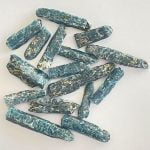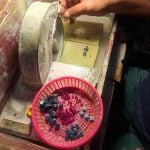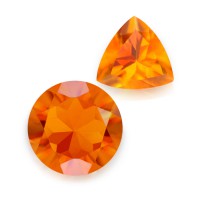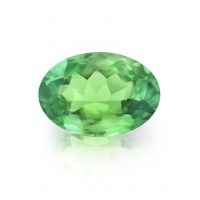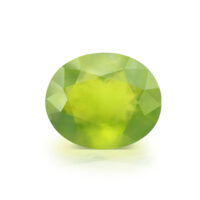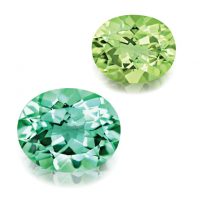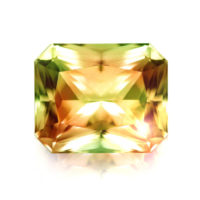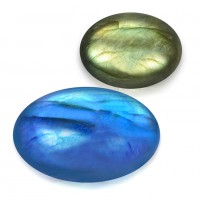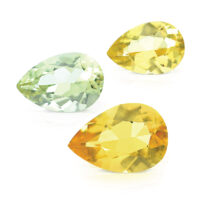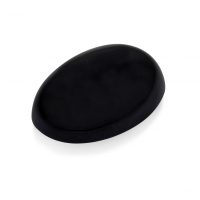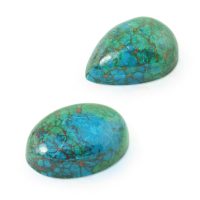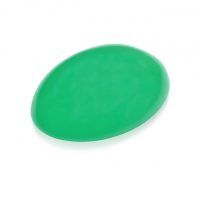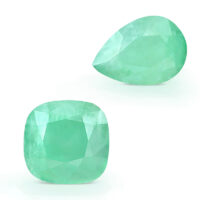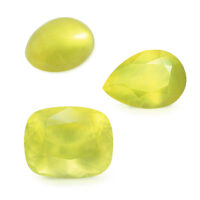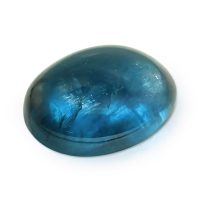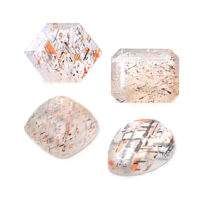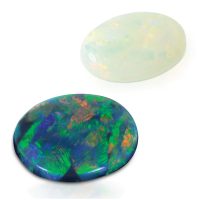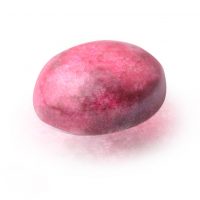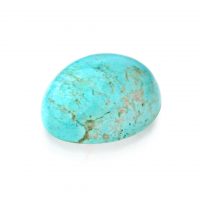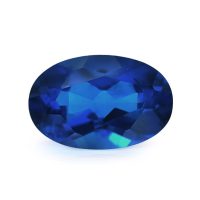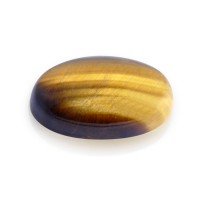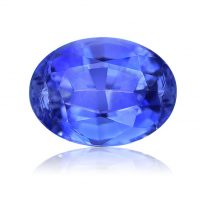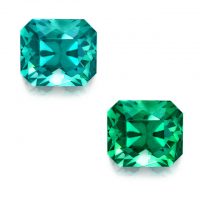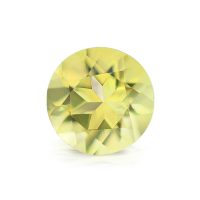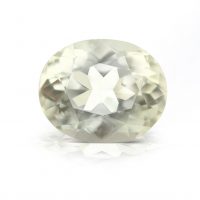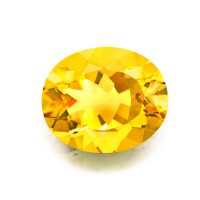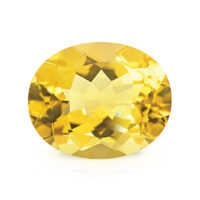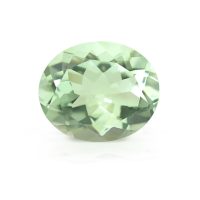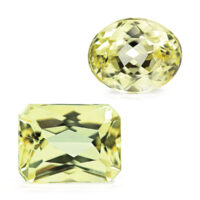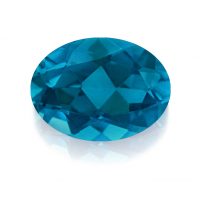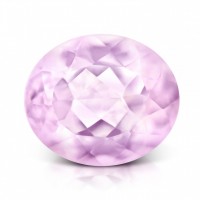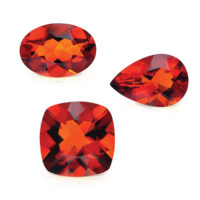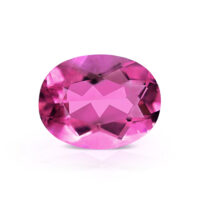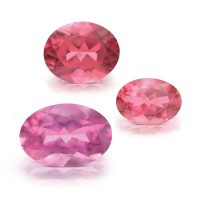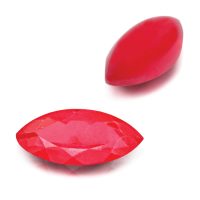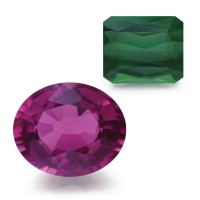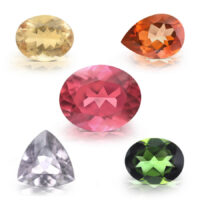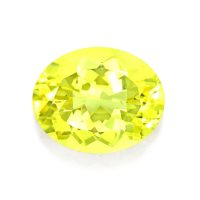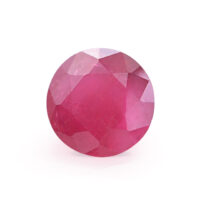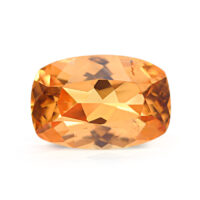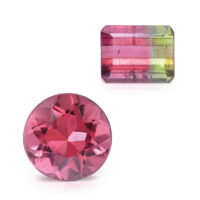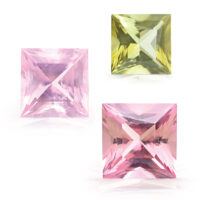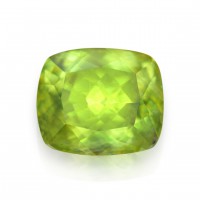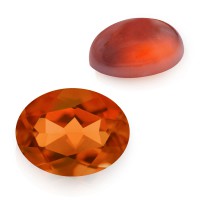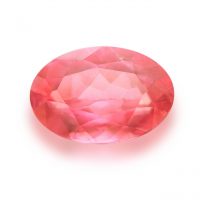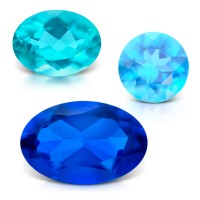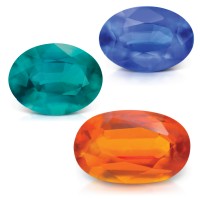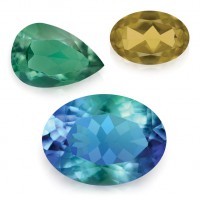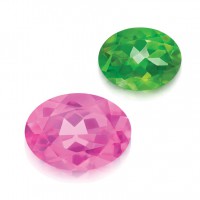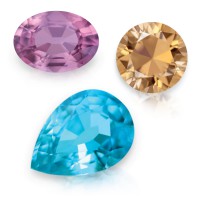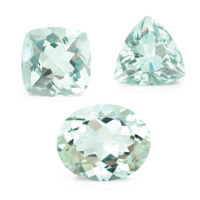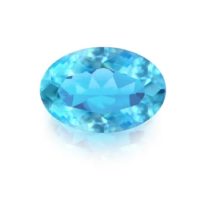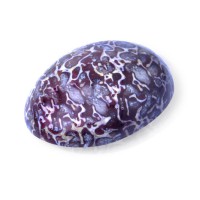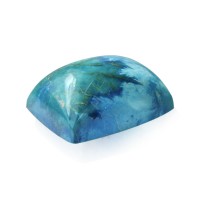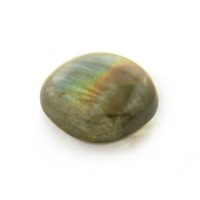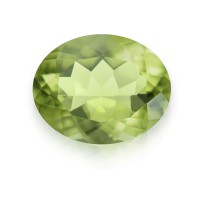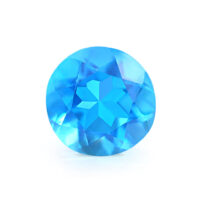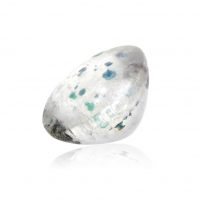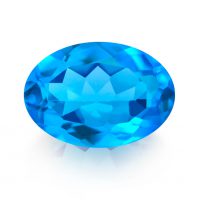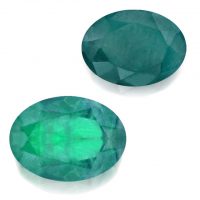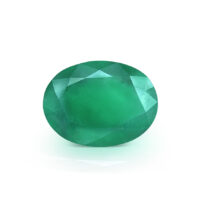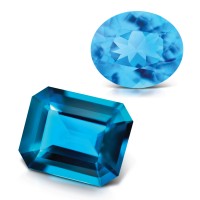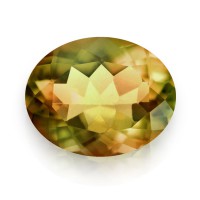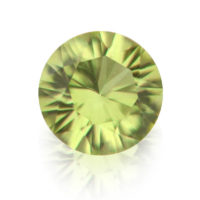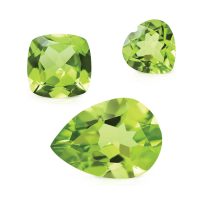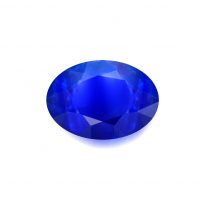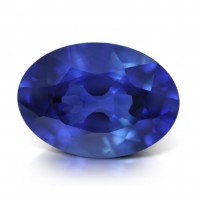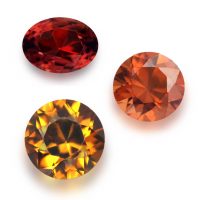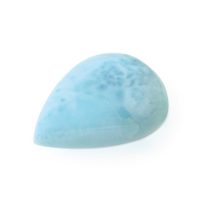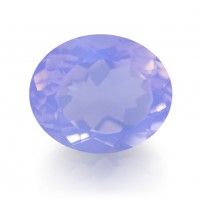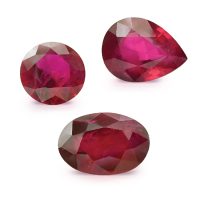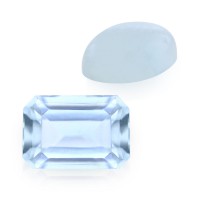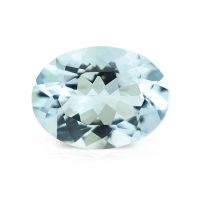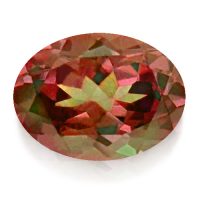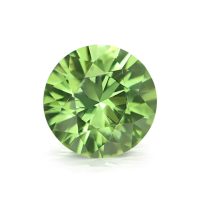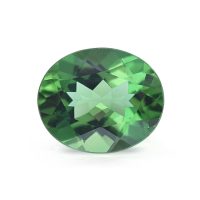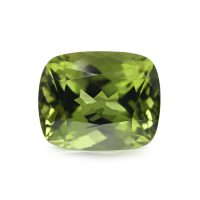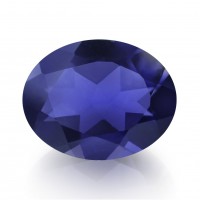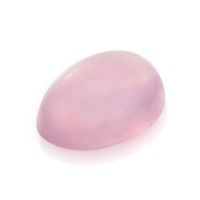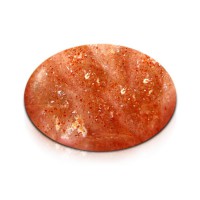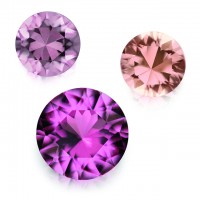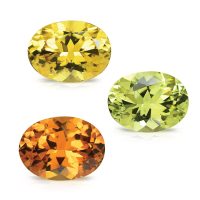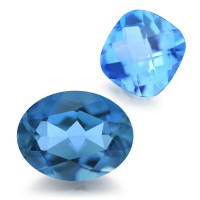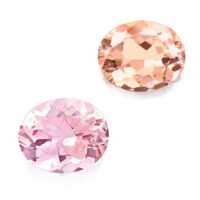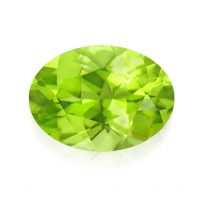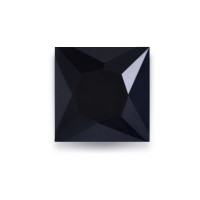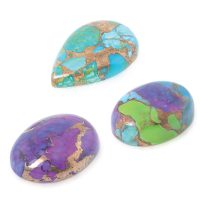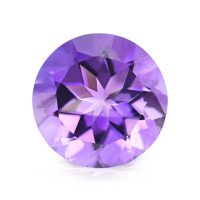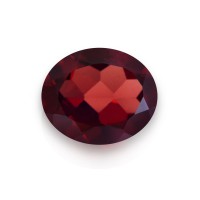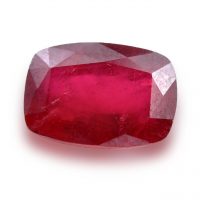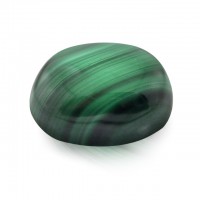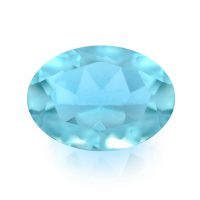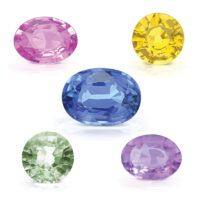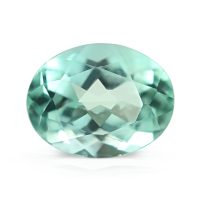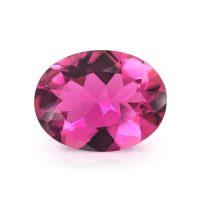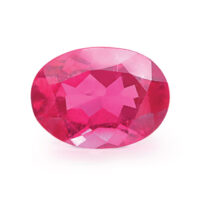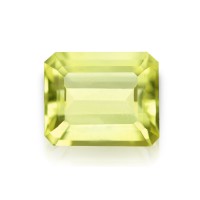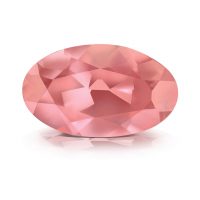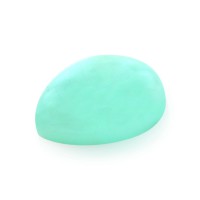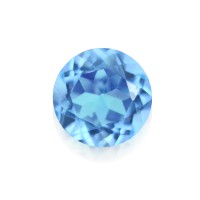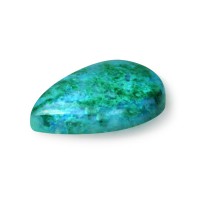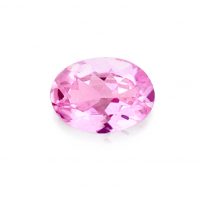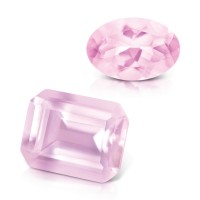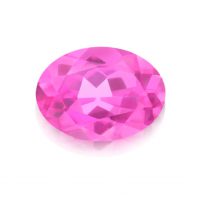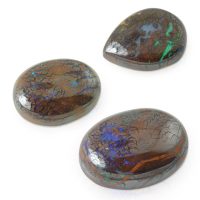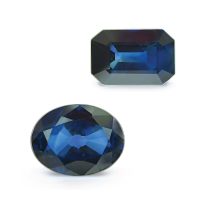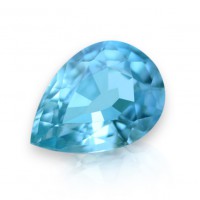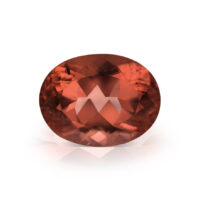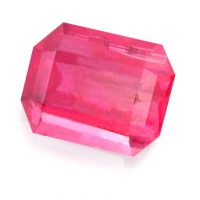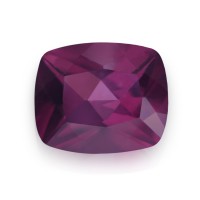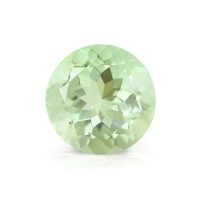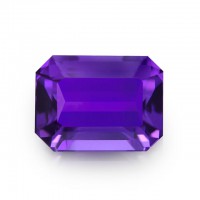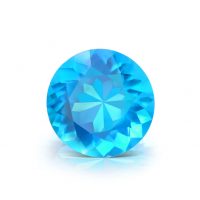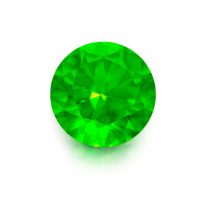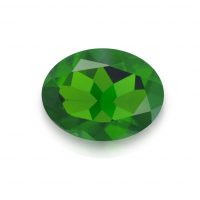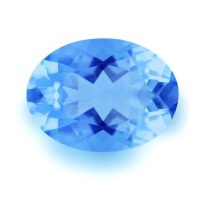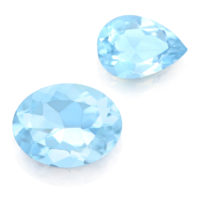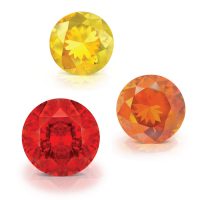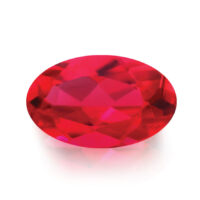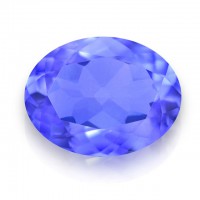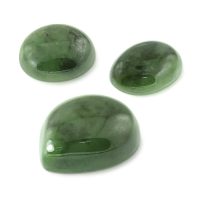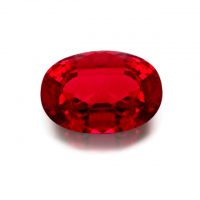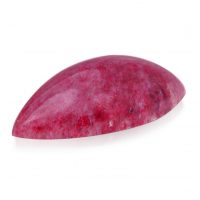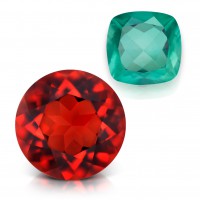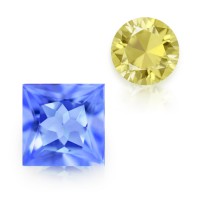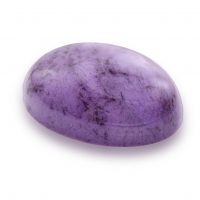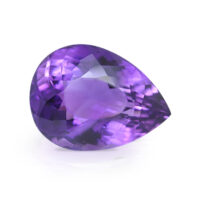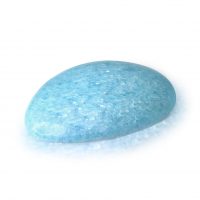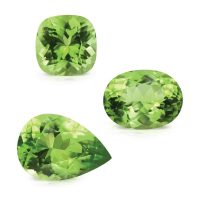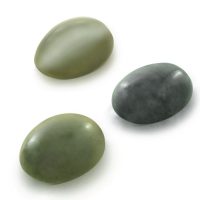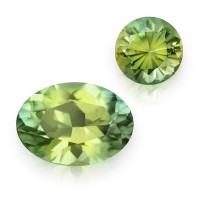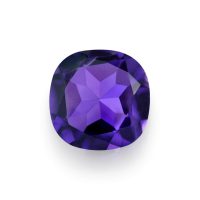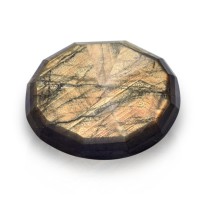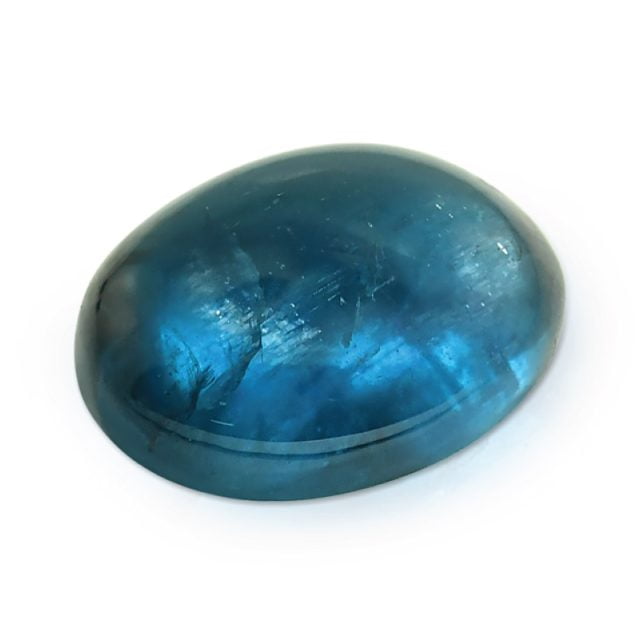

Australian Kyanite are incredibly scarce, gorgeous teal gemstones exclusive to the heart of Australia. Hand-fossicked 20 years ago by a small, mine-to-market collective, they’re from Huckitta Bore in the Central Harts Range Fossicking Area, a vast expanse famed for its fine Antipodean gemstones. Arguably the world’s rarest gemmy Kyanite, it was never commercially mined. Australian Kyanite can still be found, but this deposit’s remote and inhospitable. Once a secret of mineral collectors, this beautiful ‘sapphire-esque’ exotic jewelry gemstone from Australia’s premiere locale, is only limited by its extreme rarity.
Hardness 4 – 7.5
Refractive Index 1.710 – 1.734
Relative Density 3.53 – 3.70
Enhancement Stabilized (Colorless Resin)
Beauty
The most important consideration in gemstones, color contributes 50 percent of their final value, with Kyanite’s beautiful blues that visually resemble fine Sapphires highly-prized. Delightful teal gems are increasingly popular, with Queensland Sapphires, Congolese Tourmalines and other greenish-blue gemstones, enjoying a sustained popularity surge.
Also known as Ocean Kyanite for its semblance to the sea, Australian Kyanite showcases beautifully vibrant teals (greenish-blues) with a medium-dark saturation (strength of color) and tone (lightness or darkness of color), wonderfully highlighted by a bright, mirrorlike vitreous (glassy) luster, and semitransparent to translucent opacity. While Kyanite is almost always included, these are an indicative and defining characteristic, resulting in lovely natural patterns making every Australian Kyanite cabochon visually unique.
Kyanite is very challenging for the lapidary due to hardness anisotropy (a directional hardness varying between 4 and 7.5), cleavage planes, inherent inclusions, pleochroism (colors and their intensity change when viewed from different angles), and thin crystals that are often unevenly color zoned. Australian Kyanite is optimally cut ‘en cabochon’ (cut in convex form and highly polished, but not faceted) to optimize their color, physical characteristics, optical attributes, and crystallization size. Expertly cut by experienced lapidaries in the legendary gemstone country of Thailand (Siam), home to some of the world’s best gem-cutters, Australian Kyanite is carefully cut into attractive smooth domes with a desirable proportion, shape, and symmetry, also maintaining a superior mirror-like polish, affording an excellent luster.
Even though Kyanite was named in 1789 from the Greek ‘kyanos’, meaning ‘blue’, it was sold to Europeans as Sapphire until the turn of the 20th century and interestingly, is still occasionally found in parcels of Sapphires. This is not surprising, considering its finest colors have a visual resemblance to superb Sapphires. Normally regarded as a blue gem, Kyanite also comes in brown, gray, green, orange, and white. Kyanite is an ‘other colored’ gemstone, meaning trace amounts of elements are responsible for its hues. Similar to Sapphire, Kyanite’s blues are caused by iron and titanium, hence the visual similarities, while its greens are caused by chromium and vanadium, the same elements responsible for the green in Emerald. Orange Kyanite’s color is due to small amounts of manganese, the same coloring element in Rubellite. Kyanite is a polymorph with Andalusite and Sillimanite, having the same composition, but a different crystal structure. Kyanite’s original named coined by German geologist Abraham Gottlob Werner (1749 – 1817) was ‘Cyanite’, and it has also been called ‘Disthene’.
Rarity
While Kyanite is a mineral found in many countries, including Brazil, Burma, India, Kenya, Nepal, Norway, Pakistan, Tanzania, Tibet, and the USA, it’s extremely difficult to find evenly colored gemmy crystals with a good opacity. Blue Kyanite’s most famed origin is the Kali Gandaki region of west central Nepal and Tibet, whose deposits were only discovered in 1995. Impacting the marketplace since 2001, Nepal has become the most important source for fine Blue Kyanite visually similar to high-end Sapphires. Kali Gandaki Gorge is the deepest gorge on earth, making mining at this remote location difficult, impacting yield. Named for its peacock plumage-like hues, Peacock Kyanite is mined from deposits in the eastern Indian state of Odisha (formerly Orissa) discovered in 2009, and was initially, incorrectly thought to be a new variety of Alexandrite.
Extremely limited, mineral Kyanite only occurs in around 40 locations throughout Australia, with its prized yet very scarce mineral specimens, and incredibly limited gemmy crystals, being restricted to a handful of fossicking sites in the Northern Territory’s Harts Range.
Sourced at a remote and challenging gemstone deposit, Australian Kyanite is from the famous Huckitta Bore/Well near Coggan Bore at Ambalindum Station in the Central Harts Range Fossicking Area, south of the Atitjere Community. The bore and well are actually two separate locations, about 5 kilometers apart, with mineral specimens labelled using both names. The area is famous amongst collectors for its impressive and highly valued Kyanite and Hessonite crystal specimens. First mentioned in records of the Australian Museum in 1932, like so many locations in the Harts Range, mica was mined here in the 40s. Fossicking mainly occurred around the 80s until the mid-2000s, with some leases claimed, but all notably small scale. While ‘Ocean Kyanite’ appears coined by Patrick Gundersen (circa 2009), online claims he ‘discovered’ the gem appear historically erroneous. Mining for gem-quality Hessonite was actually attempted in the early 80s, but the distance, remoteness, as well as other factors made it commercially unviable. Kyanite mining was also considered, but also never actioned due to similar concerns.
Travelling to Huckitta is extremely difficult and actually very risky due to its inherent inaccessibility and inhospitably. The area’s numerous poor tracks have been heavily damaged and further confused by erosion and landslides, resulting in various paths branching off, some randomly heading into the wilds beyond, with others eventually rejoining the main trail. Around Coggan Bore are even more diverging pathways heading to Mount George, the Carrara mines, the Indiana homestead, fence lines, or individual prospects. Getting very lost is always anticipated and carefully planned for by small groups of experienced fossickers, but potentially fatal for the inexperienced family or foolhardy individual.
Australian Kyanite is found in the Entia Gneiss (a banded metamorphic rock), extending 7.2 kilometers north and 4.8 kilometers west of Huckitta Bore, with the largest pockets historically occurring 4.8 kilometers north-west of the bore. As fossickers can be possessive about their favorite spot, location details are vague to non-existent, but aside from hand digging shallow Kyanite pockets, it is often shed from rocks and found on the surface. However, this seemingly easy proposition is complicated by erosion and landsides, not to mention a healthy snake population!
Hand-fossicked in the early 2000s, our Australian Kyanite was gathered by a small, socially responsible (ethical & environmental), mine-to-market collective, with exceptional mine-level value afforded by vertical-integration. Extremely important in today’s gem and jewelry industry, nothing is lost to unnecessary middlemen, and provenance is assured. The vast majority of Australian Kyanite are mineral specimen quality, and while we’re fortunate with relatively larger calibrated sizes (6mm – 9x7mm), gem-quality of this size confirms its historic pedigree, and is the exception not the rule. The cutting yield was less than 10 percent, which is very low; the typical return on a gem mineral is 20 – 35 percent. With a geological scarcity accentuated by lapidary difficulties, Australian Kyanite is not readily available in jewelry. While there are still crystals to be found, this is complicated, expensive and potentially dangerous, requiring multiple off-road vehicles and experienced fossickers who know the country.
Durability & Care
Australian Kyanite (Mohs’ Hardness: 4 – 7.5) is an excellent jewelry gemstone. Always store Australian Kyanite carefully to avoid scuffs and scratches. Clean with gentle soap and lukewarm water, scrubbing behind the gem with a very soft toothbrush as necessary. After cleaning, pat dry with a soft towel or chamois cloth.
Map Location
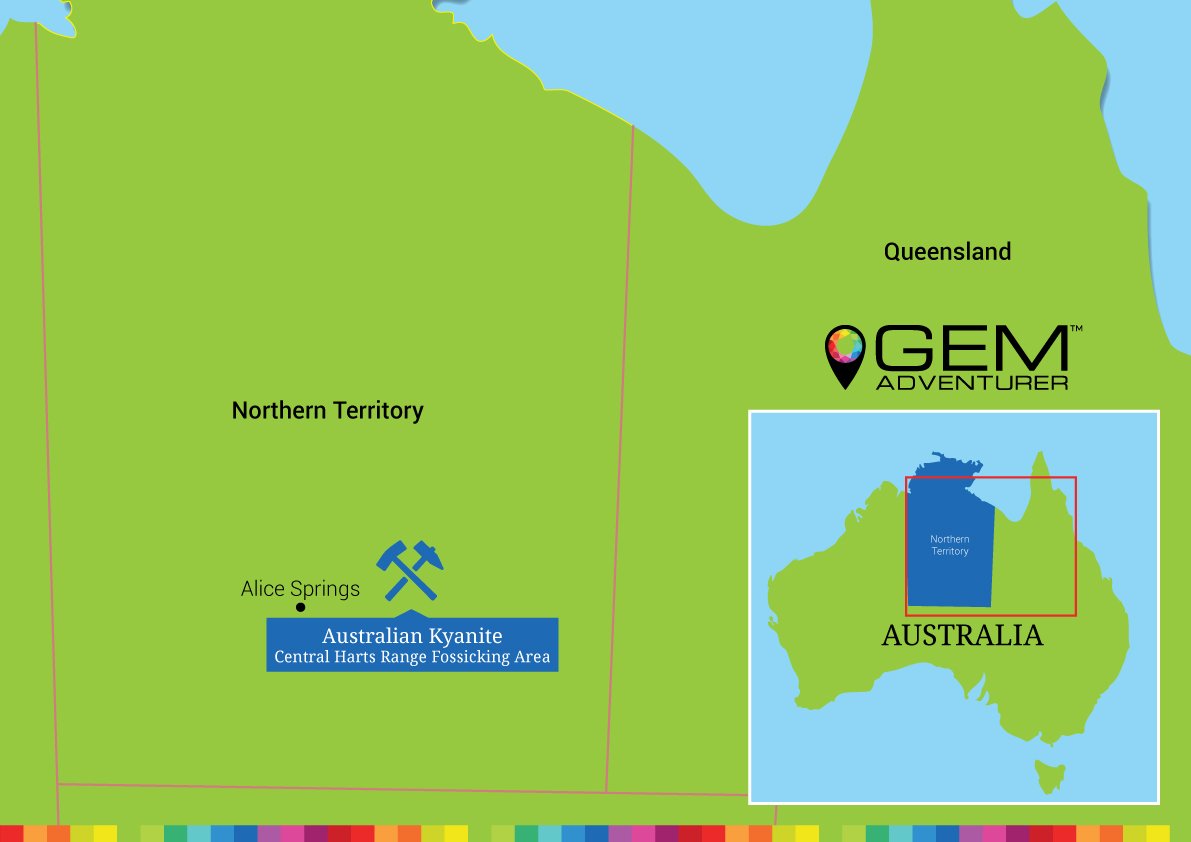
Click map to enlarge
